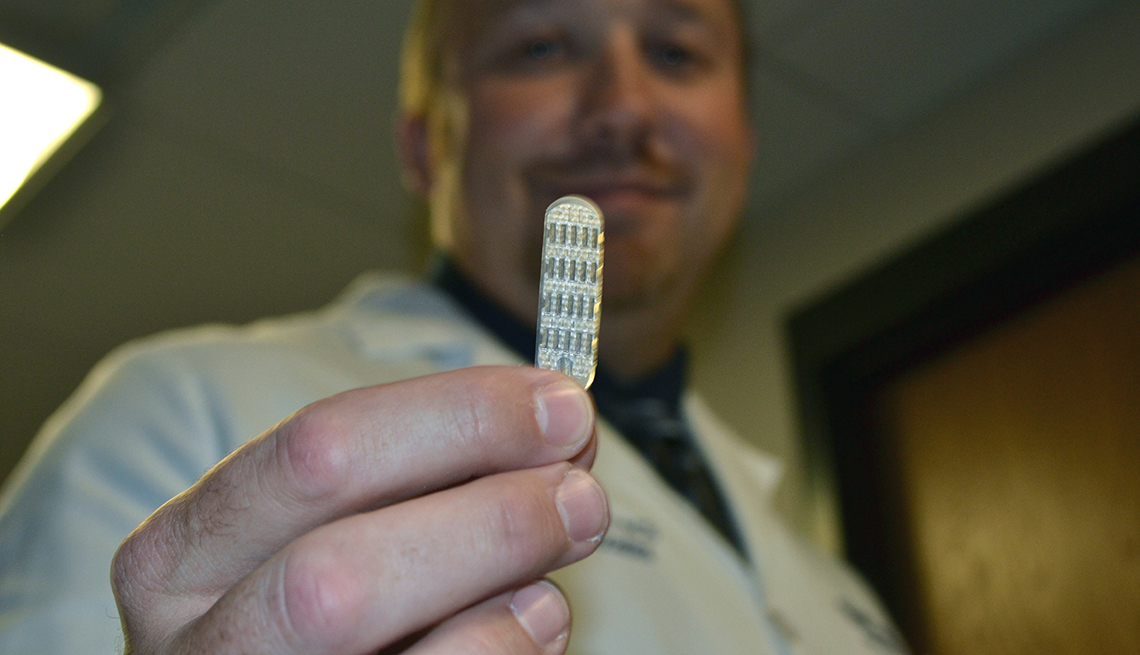Staying Fit
For years, medical device companies and doctors have touted spinal-cord stimulators as a panacea for millions of patients suffering from a wide range of pain disorders, making them one of the fastest-growing products in the $400 billion medical device industry. Companies and doctors aggressively push them as a safe antidote to the deadly opioid crisis in the U.S. and as a treatment for an aging population in need of chronic pain relief.
But the stimulators — devices that use electrical currents to block pain signals before they reach the brain — are more dangerous than many patients know, an Associated Press investigation found. They account for the third-highest number of medical device injury reports to the U.S. Food and Drug Administration, with more than 80,000 incidents flagged since 2008.


AARP Membership— $12 for your first year when you sign up for Automatic Renewal
Get instant access to members-only products and hundreds of discounts, a free second membership, and a subscription to AARP the Magazine.
For expert tips to help feel your best, get AARP’s monthly Health newsletter.
Patients report that they have been shocked or burned or have suffered spinal-cord nerve damage ranging from muscle weakness to paraplegia, FDA data shows. Among the 4,000 types of devices tracked by the FDA, only metal hip replacements and insulin pumps have logged more injury reports.
The FDA data contains more than 500 reports of people with spinal-cord stimulators who died, but details are scant, making it difficult to determine if the deaths were related to the stimulator or implant surgery.
Medical device manufacturers insist spinal-cord stimulators are safe — some 60,000 are implanted annually — and doctors who specialize in these surgeries say they have helped reduce pain for many of their patients.
Most of these devices have been approved by the FDA with little clinical testing, however, and the agency’s data shows that spinal-cord stimulators have a disproportionately higher number of injuries compared with hip implants, which are far more plentiful.
































































